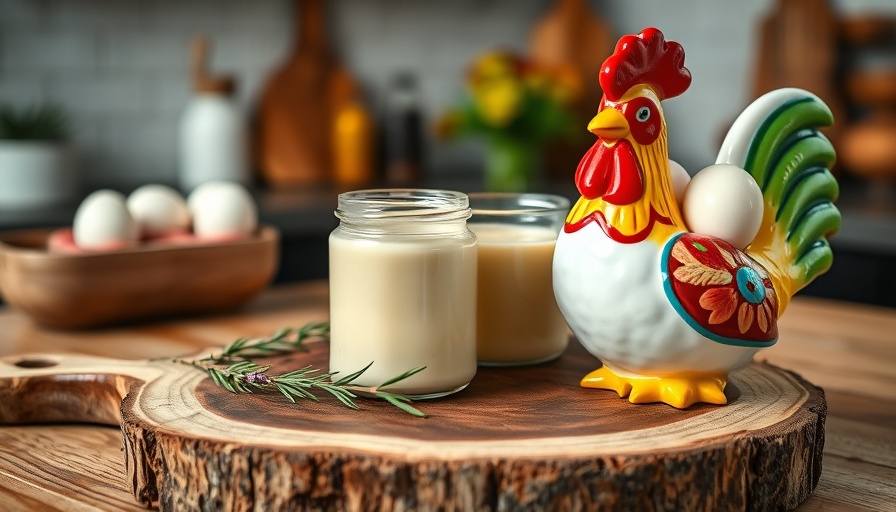
Poultry Gut Health: Cornerstone of NAE Production
The trend toward producing "No Antibiotics Ever" (NAE) poultry is reshaping the industry worldwide. This shift, championed by both market forces and consumer demand for cleaner meat, aligns with a growing movement towards sustainable agricultural practices. However, with the boom in NAE production come significant challenges, particularly in maintaining gut health.
Understanding Poultry Gut Health
The intestinal microbiome of poultry is incredibly complex. The gastrointestinal tract (GIT) is crucial for digestion and the overall health of the bird, responsible for not just nutrient absorption but also immune function and metabolic processes. As antibiotic growth promoters (AGP) have been phased out, many producers report a spike in gut health issues, particularly among broiler chickens, who undergo an intense growth phase requiring substantial feed intake. This puts extra stress on their GIT, making it paramount for producers to address gut health actively.
The Impact of AGP Phase-Out
The withdrawal from AGPs has unveiled underlying gut health issues that may have been previously masked. The bans have included both AGPs and ionophore coccidiostats, which play a role in limiting intestinal inflammation. Analysts stress that ensuring gut health is now more critical than ever; it directly ties into the efficiency of feed conversion, nutrient excretion, and environmental impacts such as ammonia emissions. Addressing these gut health issues not only benefits animal welfare but is also essential for complying with stricter regulatory measures.
Moving Forward: A Call for Innovation
Industry experts concur that the future of poultry production hinges on innovative solutions that prioritize gut health. Advances in nutritional strategies will be necessary to combat the gut health challenges stemming from the withdrawal of AGPs. Producers must adapt their feed formulations with a focus on enhancing the intestinal microbiome's health. From probiotics to specially formulated feeds, these innovations could ultimately lead to improved production sustainability and reduced environmental footprints.
Conclusion: Gut Health Equals Sustainable Growth
The future of poultry, particularly under the NAE guidelines, rests significantly on the health of the birds' guts. By investing in research and adopting new practices that support gut health, producers will not only meet consumer demand but also contribute positively to the environment and animal welfare. Understanding that a healthy gut translates to more sustainable poultry production will be key for industry professionals moving forward.
 Add Row
Add Row  Add Element
Add Element 



 Add Row
Add Row  Add
Add 
Write A Comment